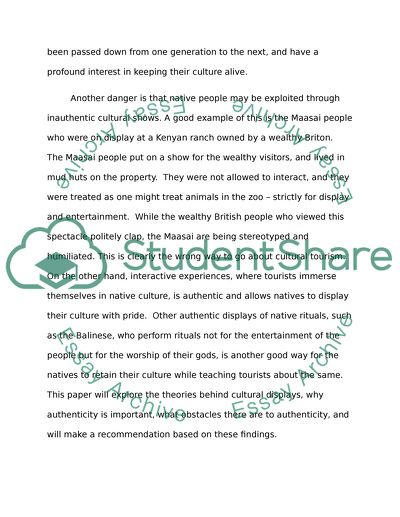Cite this document
(“The importance of authenticity in cultural tourism Essay”, n.d.)
Retrieved from https://studentshare.org/tourism/1433761-the-importance-of-authenticity-in-cultural-tourism
Retrieved from https://studentshare.org/tourism/1433761-the-importance-of-authenticity-in-cultural-tourism
(The Importance of Authenticity in Cultural Tourism Essay)
https://studentshare.org/tourism/1433761-the-importance-of-authenticity-in-cultural-tourism.
https://studentshare.org/tourism/1433761-the-importance-of-authenticity-in-cultural-tourism.
“The Importance of Authenticity in Cultural Tourism Essay”, n.d. https://studentshare.org/tourism/1433761-the-importance-of-authenticity-in-cultural-tourism.


